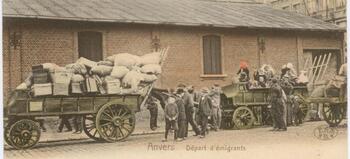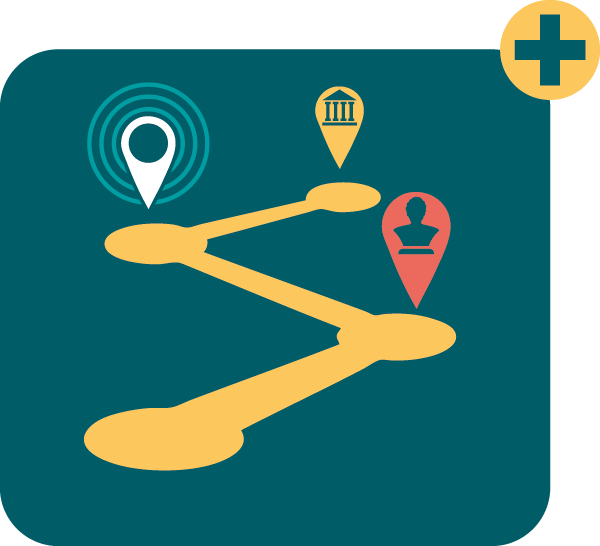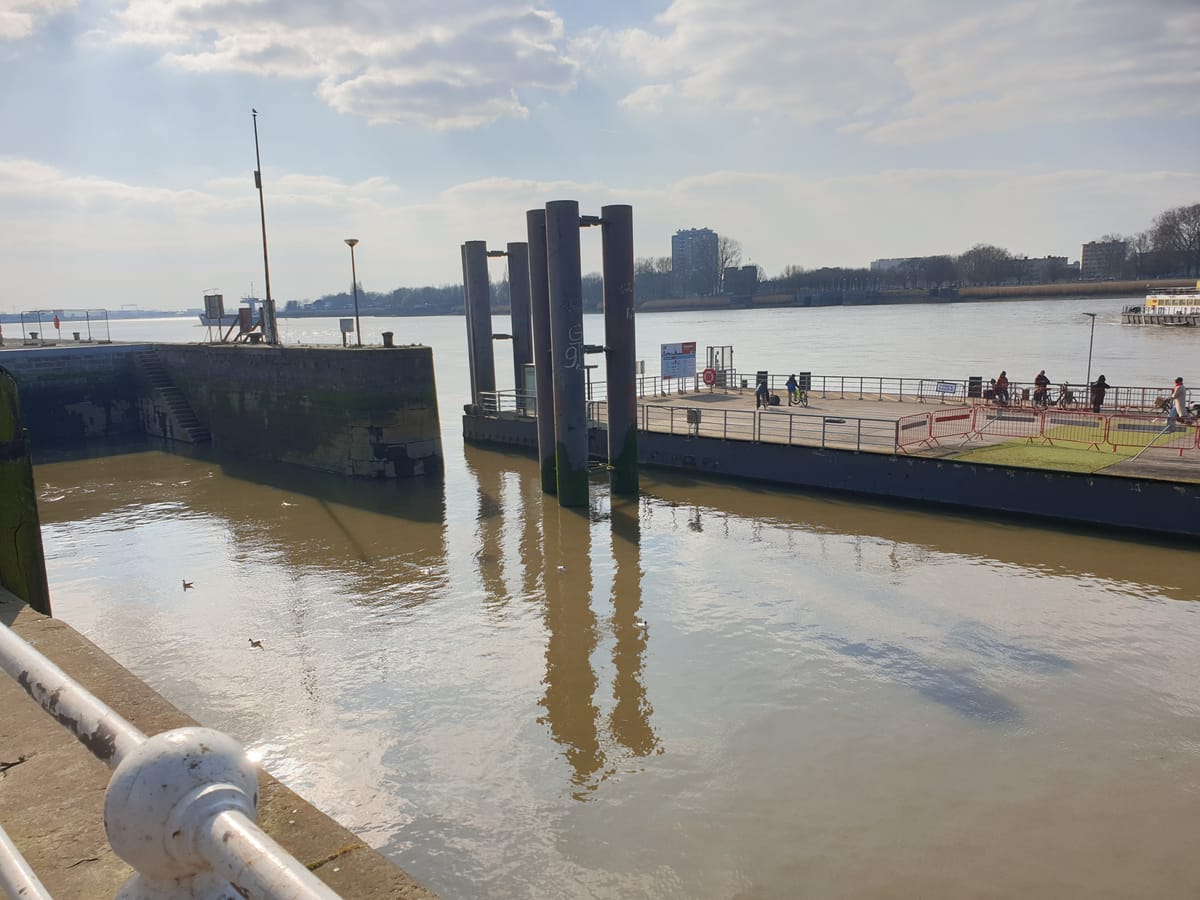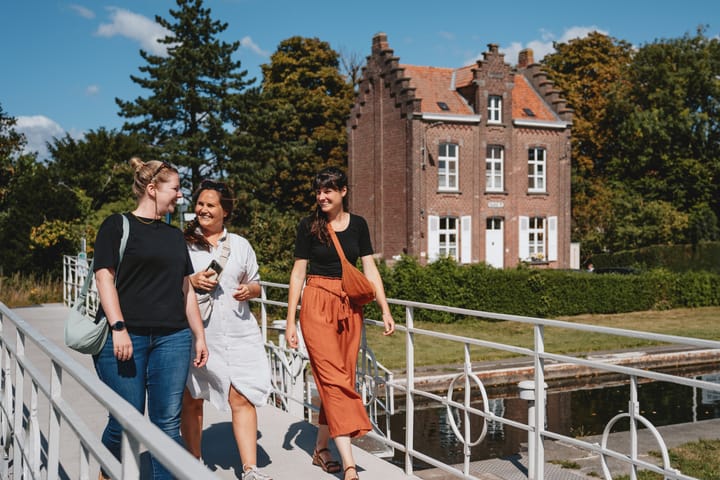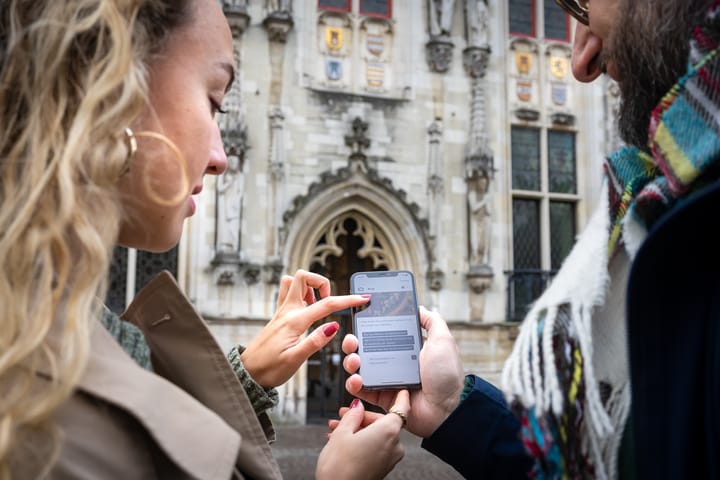Today, Antwerp's quays are a place of relaxation, where you can sit in the sun with a cool drink and enjoy the gently lapping Scheldt. There was no such thing as relaxation 100 years ago. Back then, this was the place where many families anxiously awaited an ocean liner. It would take them across the ocean, where they hoped to build a new life. Many people fled Europe at the end of the 19th and in the first half of the 20th century, at that time plagued by overpopulation and political unrest.
Using the ErfgoedApp as a guide, so many years later, I step into the footsteps of these migrants on their way to a better future, following their path from the train station to the docks.
An initial medical check-up
The route starts at Antwerp Central Station. Anyone arriving at the station must pass an initial medical check before being allowed to enter the city. Don't pass that first test? Then you have to go straight back on the train towards your departure station. The doctors mainly look for infectious diseases and vermin such as fleas and lice. But even the tests themselves are often unsanitary, as the doctors' instruments and clothes are rarely washed. There is nothing of the medical center at the back of the station today.
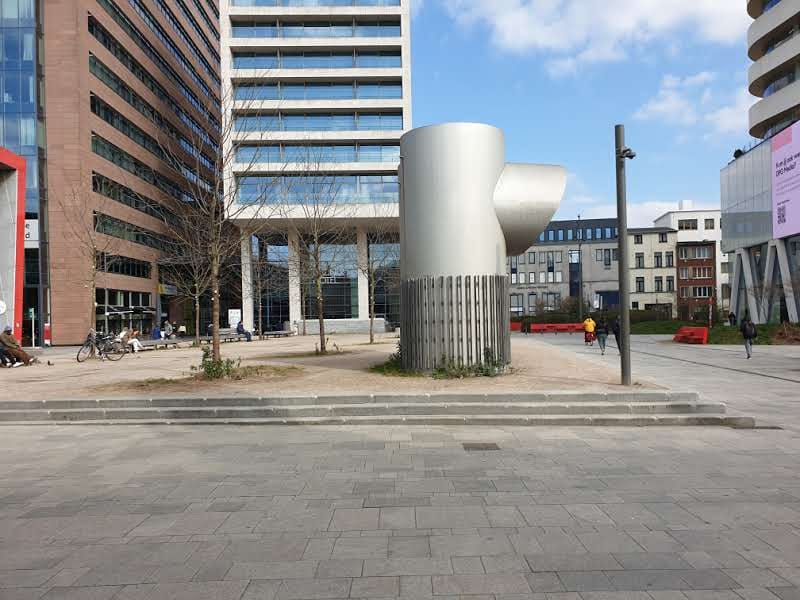
Expensive hotels and slumlords
After walking through the Jewish quarter, I arrive at the Century Hotel, where the more affluent travelers stayed. If you stand in front of the hotel on December 1, 1930, you can spot, for example, Albert Einstein, a very happy hotel guest. He too used the Red Star Line to travel several times to America, where he would eventually settle. At that time, the De Keyserlei is the place where many agents of the Red Star Line have their offices, but where there are also many restaurants and luxury stores that make a deep impression on the land movers. However, many of them end up in shabby premises in the surrounding streets. Indeed, there are many slum landlords who take advantage of the migrants' predicament.

The Scheldt Quays: the heart of the old port
After a walk through the city, I arrive at the Scheldt Quays. No large ships dock here today, but in the first half of the 20th century the view here must have been impressive. Through the ErfgoedApp , I hear the story of Julia Schwalbe, who grows up near the Antwerp quays. After World War I, she meets Clay, an American soldier, and falls in love. After a 2-year romance, Clay is called back to the US in 1921. Several months later, pregnant Julia decides to travel after him, but pregnant unmarried women are not allowed to enter the U.S. easily. Clay eventually manages to get her through the strict inspections, after which they marry.
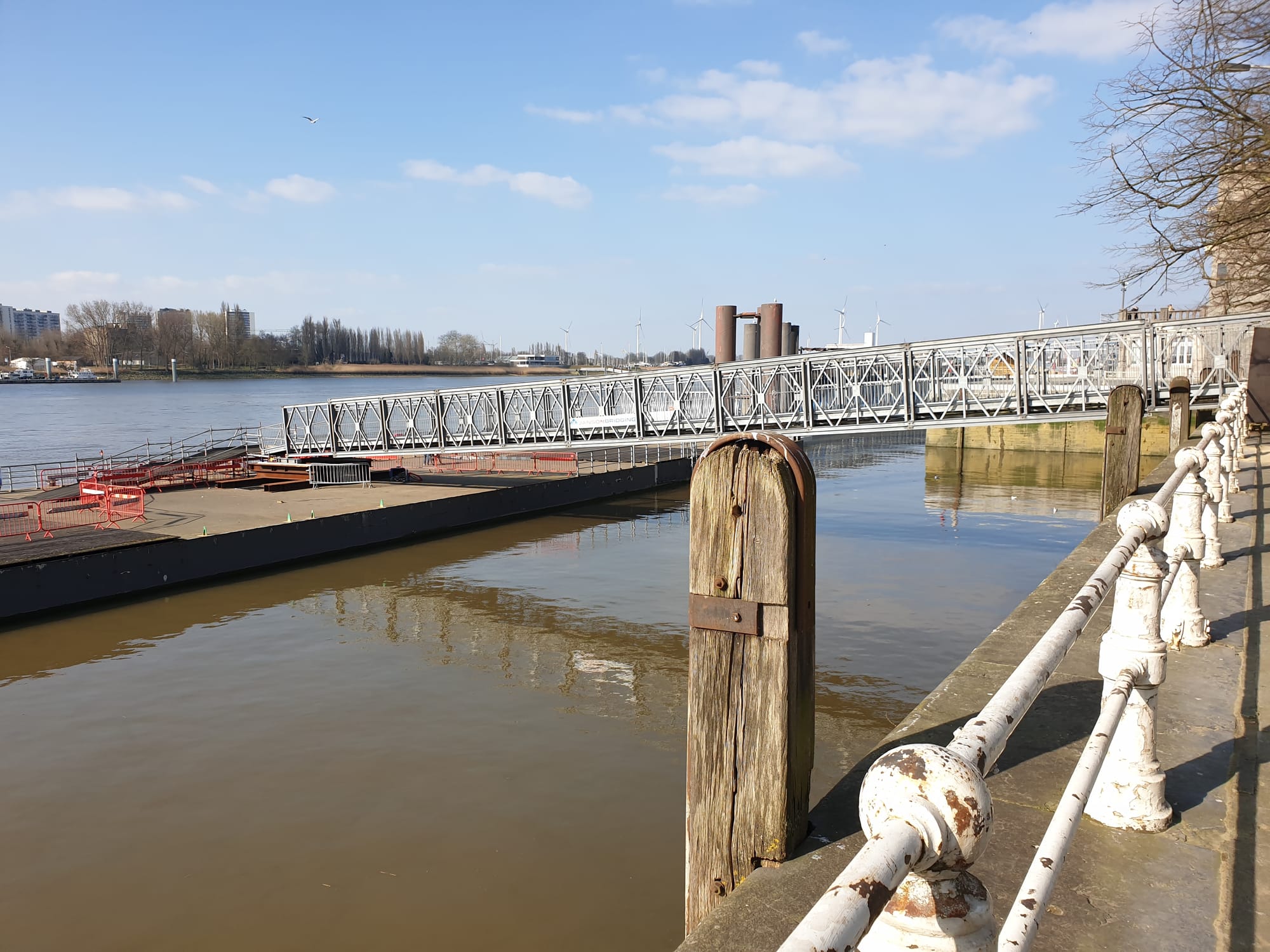
The journey to the new world
In the waterfront hangars, people anxiously await the trip of a lifetime as they undergo a final medical check before departure. The medical checkup on arrival in the U.S. is particularly strict; only completely healthy people are admitted. Canada is also a well-known destination for land movers. For example, the app tells about the Canadian Pacific, which brings migrants to Canada. Quebec, in particular, is a sought-after destination. The ships of the Canadian Pacific leave at the Orteliuskaai, where there used to be warehouses that have been largely preserved.
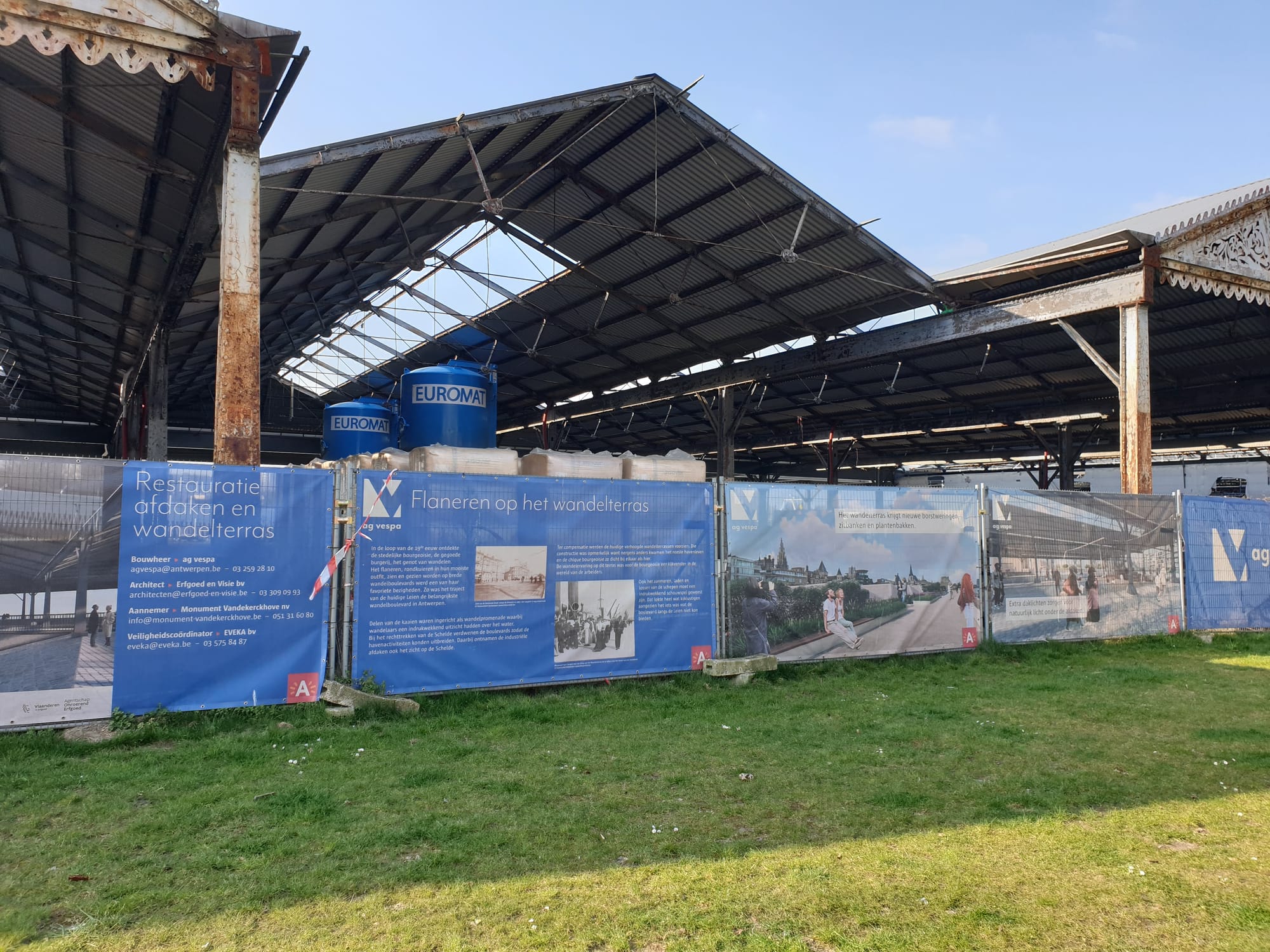
The walk ends at the Red Star Line Museum, which is well worth a visit.
Would you also like to take this fascinating walk, which is brimming with unique imagery? Then download the free ErfgoedApp and start up the Red Star Line walk.
